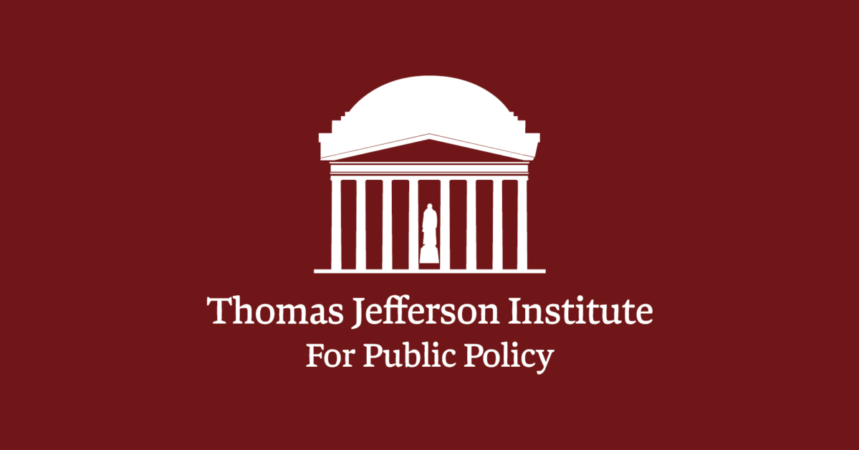The Public Interest Research Group released a report in January called: “Do Roads Pay for Themselves? Setting the Record Straight on Transportation Funding.” As you might expect from this generally anti-highway group, their answer is not just no but “hell, no.” This is an old debate, but PIRG hopes to further undermine the users-pay/users-benefit principle by showing that all modes are subsidized, so the debate should really be about which mode should get more subsidy.
Transportation economist David Levinson pointed out some major flaws with the PIRG report in a posting on the University of Minnesota blog, The Transportationist (Jan. 11th). First, he notes that PIRG is very slippery with its terminology, shifting back and forth between “roads” and “highways” as suits its purposes. As Levinson notes, it is well known that “roads”—meaning every paved surface including neighborhood streets—are not fully paid for by user taxes. Indeed, most local streets and roads are legitimately paid for out of local property taxes, given that paved-road-access makes a property far more valuable than one without, even for those lacking cars. (How else could Fedex, UPS, and the pizza delivery guy get to your door?) So the more relevant question to ask is whether highways are fully supported from user taxes.
PIRG also argues that fuel taxes are not really user charges because at some points in time portions of the federal gas tax, for example, were used for deficit reduction, and since the Reagan administration a dedicated portion of those receipts is devoted to mass transit. But the relevant measure is not how much of the user-tax revenue is being diverted (often at the urging of groups like PIRG) to sidewalks, bike paths, recreational trails, and transit, but rather how much motorists pay in user taxes versus how much governments spend on highways.
The most recent assessment of that question was done about a year ago by transportation consultant Thomas Rubin, CPA. “Are the Full Costs of Roads Paid for by Road Users?” was commissioned by the American Dream Coalition and is available on their website. In this carefully done assessment, Rubin uses data for 2007, drawn primarily from the FHWA’s Highway Statistics series (especially Table HF-10). Selecting this year for detailed analysis is important, because it is prior to the huge distortion introduced in the last few years by the injection of tens of billions of dollars in general-fund “stimulus” money into the Highway Trust Fund, but it is recent enough to reflect ongoing trends.
His bottom line conclusion is that “road user revenues” at all levels of government in 2007 totaled $198.3 billion compared with $171.8 billion in spending on roads by all levels of government. I have one serious disagreement with what is included in the revenues and that is sales tax revenues on vehicles and parts. To be sure, if autos did not exist, governments would be short by that amount of revenue ($52.8 billion in 2007), but nowhere that I know of is that sales tax considered a highway user tax, in contrast to every other revenue item in Rubin’s table. So if we subtract that from the revenue total, the result is that road user revenues covered 84.7 percent of all road spending in 2007.
But to be consistent with the reality that local streets and roads are not funded by user-tax revenues, we should really subtract from the spending side the $64.5 billion in local roads spending. That gives a revised “highway” spending total of $107.3 billion, which is far more than covered by the adjusted highway user revenue (after deducting auto sales tax proceeds) total of $145.5 billion. On that basis, highway user-tax revenue yields 136 percent of highway spending. So yes, highways are self-supporting.
It’s ironic that PIRG and its allies lambaste the current funding system for not making highways self-supporting. After all, it is they and their allies that have systematically expanded the diversions of federal and state highway trust fund monies to non-highway uses, always coming up with clever names such as “Safe Routes to School” and more recently “Complete Streets,” as well as seeking to make ever-larger fractions of highway money “flexible”—i.e., divertible to non-highway uses. The new Congress has a great opportunity to end this nonsense, redirecting the limited amounts of highway user revenues to their original purpose.
Do Roads Pay for Themselves?
Editor’s note: As Virginia readies itself for a flurry of transportation projects, this piece by a national transportation expert provides a response to many questions posed by those who agitate for increased use of subsidized mass transit in favor of road projects.
This article first appeared in the March, 2011 issue of Surface Transportation Innovations, a publication of the Reason Foundation






